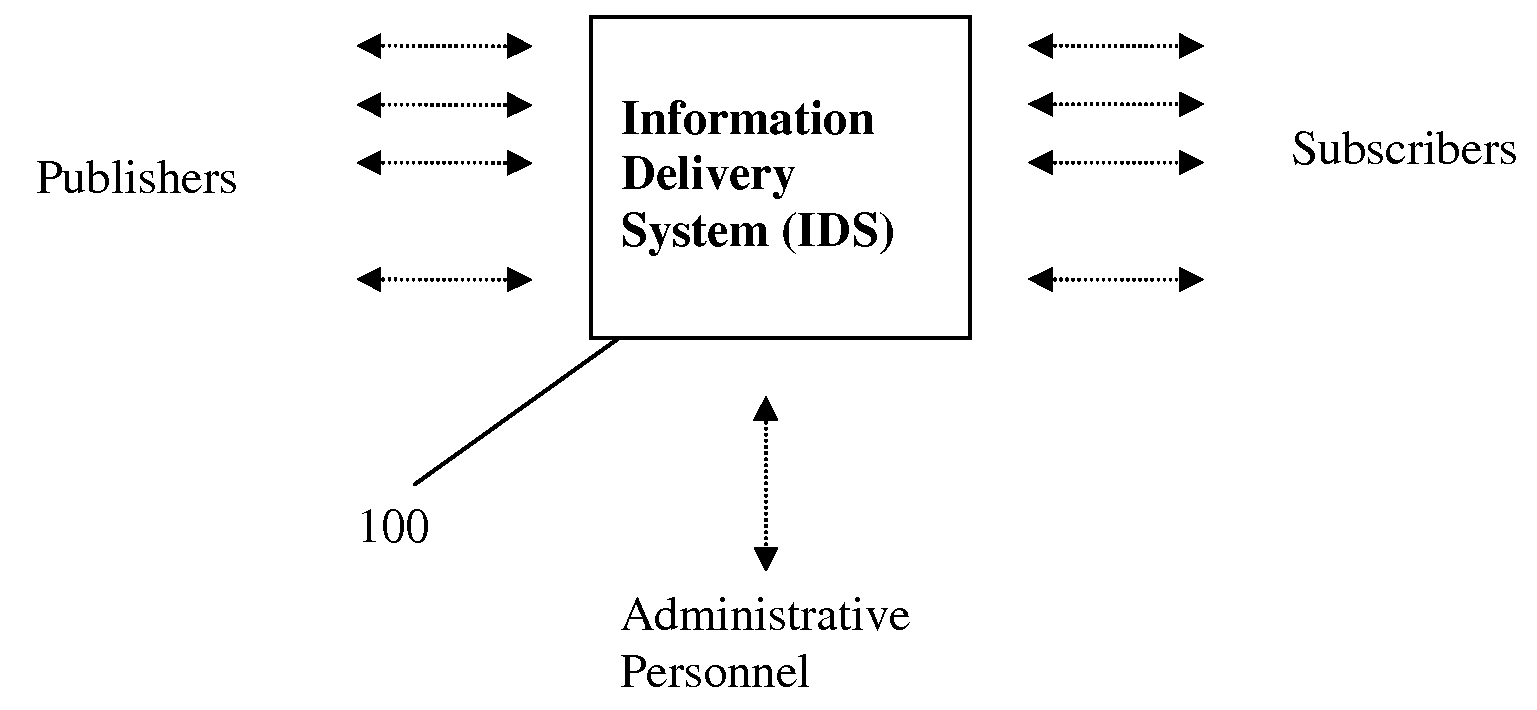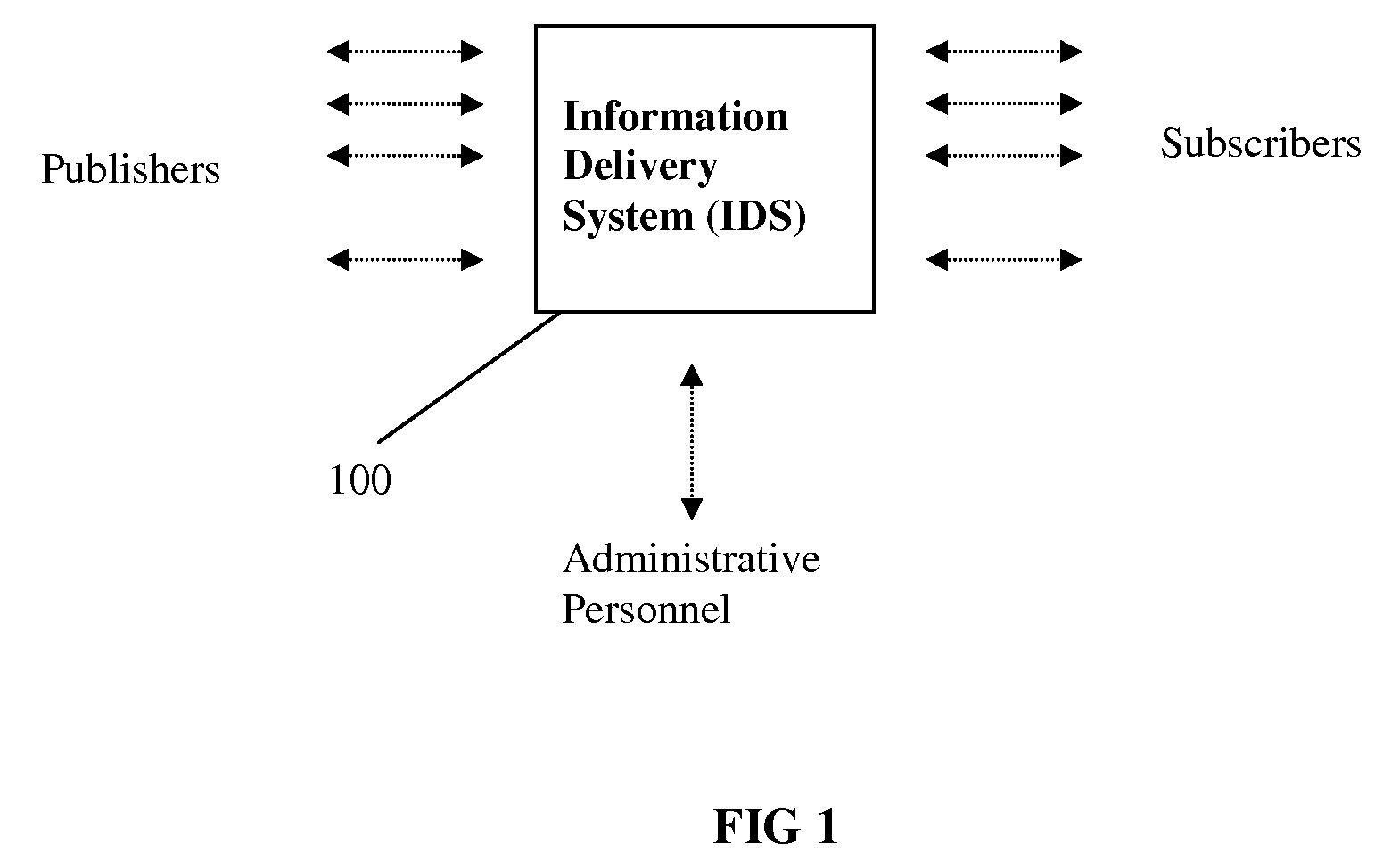Web-based information delivery method, system, and apparatus
a technology of information delivery and web-based systems, applied in the field of information delivery systems and methods of operation, can solve the problems of information accumulating at a pace that storage devices cannot catch up, become increasingly difficult to achieve these goals, and achieve the effects of reducing the audience of publishers and subscribers, great flexibility and control over information publication and receiving, and great flexibility for information publication and receiving
- Summary
- Abstract
- Description
- Claims
- Application Information
AI Technical Summary
Benefits of technology
Problems solved by technology
Method used
Image
Examples
Embodiment Construction
[0044]A detailed description of an exemplary embodiment of the present invention will now be given with reference to FIG. 1-12. Although the description provides detailed examples of possible implementations of the present invention, it should be noted that these details are intended to be exemplary only and in no way delimit the scope of the invention.
Terminologies
[0045]Information: any data that carries value such as fact or knowledge. The value is relative, given that the same piece of data could be valuable to one person or while being valueless to another.
[0046]User: a natural person or an organization who registers with the system by providing required registration information and uses the system for either publishing information or subscribing to receive information. A user can also be one from the administrative personnel that does not participate in information publication and subscription.
[0047]Publisher: a user of the system who publishes information and thus is the sourc...
PUM
 Login to View More
Login to View More Abstract
Description
Claims
Application Information
 Login to View More
Login to View More - R&D
- Intellectual Property
- Life Sciences
- Materials
- Tech Scout
- Unparalleled Data Quality
- Higher Quality Content
- 60% Fewer Hallucinations
Browse by: Latest US Patents, China's latest patents, Technical Efficacy Thesaurus, Application Domain, Technology Topic, Popular Technical Reports.
© 2025 PatSnap. All rights reserved.Legal|Privacy policy|Modern Slavery Act Transparency Statement|Sitemap|About US| Contact US: help@patsnap.com



